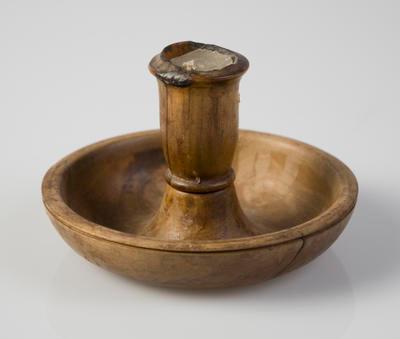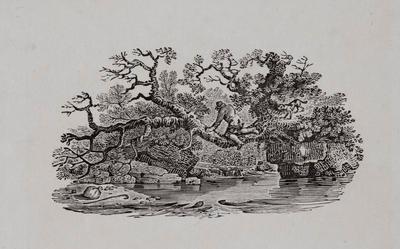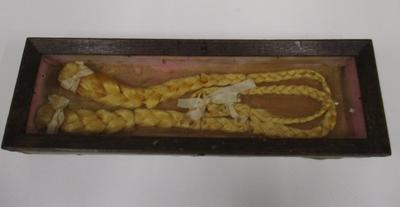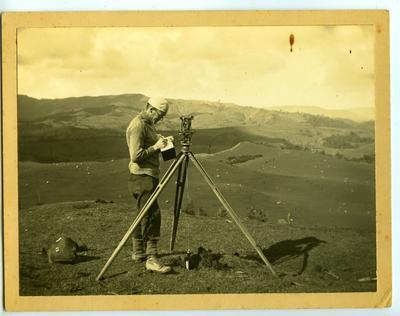Rootbound
Author: Maree Mills, Curator
Our relationship with the mighty tree has never been more important. Through collection items held at Waikato Museum Te Whare Taonga o Waikato, we revisit our dependence on wood: its continued use knowing no boundary but the inventive human imagination.
Understanding the forest would provide everything needed for survival; Maaori genealogically identified with forest deity Taane Mahuta, forever intertwining themselves with the environment. Pacific explorers found Aotearoa New Zealand’s coast glowing red with poohutukawa, with a dark interior created by the canopy of gigantic Jurassic trees.
They set foot to collect samples of these new plant species to share with the world. Motivated to return for the profitable kahikatea spars and flax fibre trade with Maaori, the ensuing wave of colonists desired access to woodlands that in Britain now existed only as the hunting grounds of royals.
Colonial settlers’ reaction to the dense forest however was primarily to clear it for agriculture. Maaori too had cleared land before Europeans arrived. Between 1840 and 2000, 8 million further hectares were cleared and by 2000 most native forest existed only on mountainous land. While population growth produced an insatiable need for timber to provide housing, furniture, tools and fuel, industry also had enormous impact. A startling example is the 13 large kilns operating at Waikino in 1894 for roasting ore from the nearby Martha Hill mine. Each kiln held 25 tons of timber, which was added each time a kiln was loaded. In just that year 10,484 tons of native timber was consumed.
Despite contemporary technology presenting opportunities for a paperless society, consumption of paper and other wood product is on the rise. Stockpiling of toilet paper during recent Covid-19 lockdowns illustrate our reliance on this resource. One tree produces about 200 rolls of toilet paper, and 83 million rolls are produced per day. Global toilet paper production consumes 27,000 trees daily! Paper and pulp manufacturing significantly contributes to air and water pollution and it is alarming to learn how many products we regularly consume that derive from wood pulp.
The impact of deforestation includes the change in global climatic patterns we are seeing right now. Scientists are suggesting that our native forest is far more effective at counteracting toxins in the atmosphere than any other world habitat. Perhaps we should be reinstating our endemic species as a carbon sink rather than planting exotic pine trees? These suggestions, and others regarding the properties of our native trees, are making us reconsider deforestation.
Note:
- Rootbound the exhibition was shown at Te Whare Taonga o Waikato from November 2020 to February 2021
- Waikato Museum uses double vowels in te reo Maaori to represent a long vowel sound as it is the preference of Waikato-Tainui










